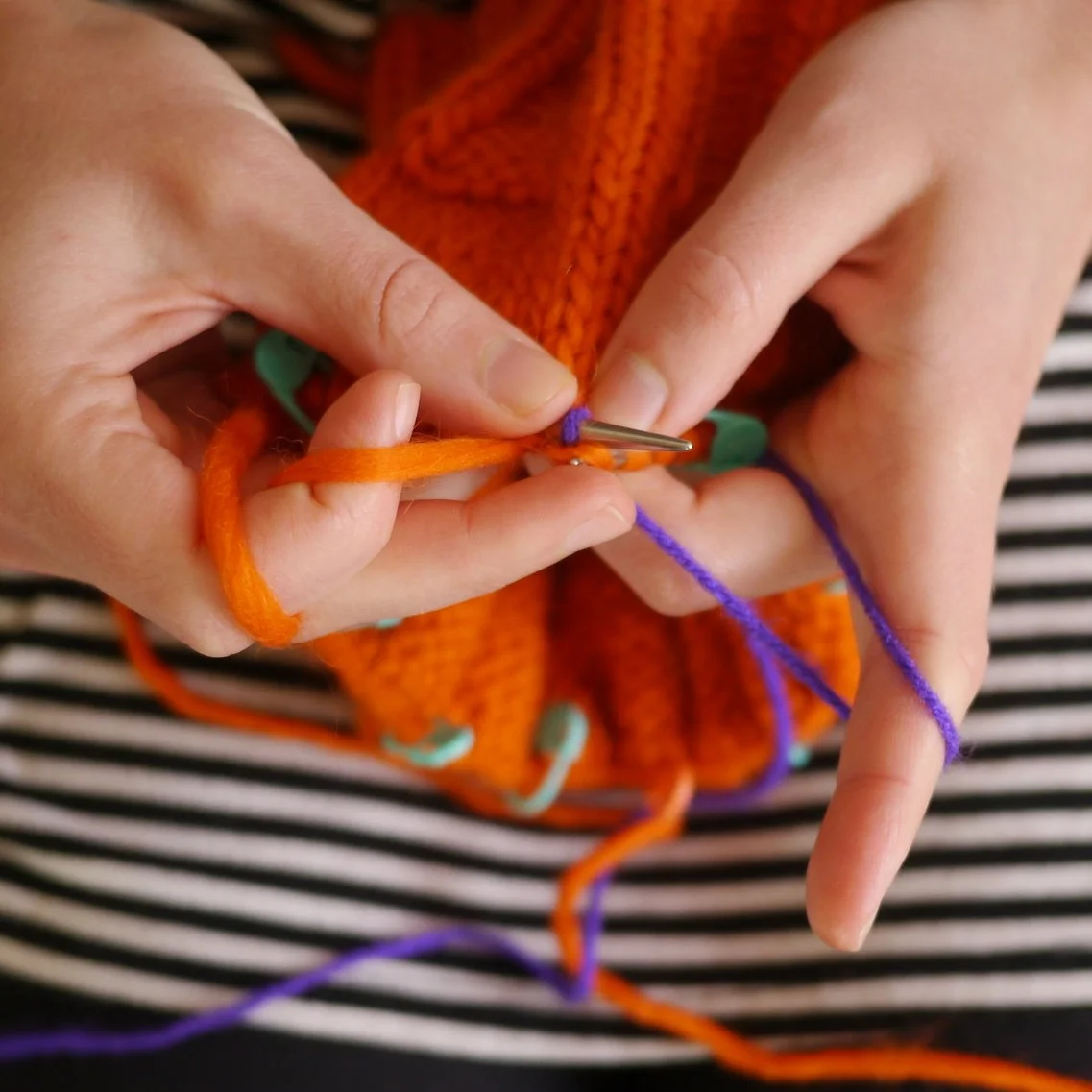Art Credit Jane Ray
Every once in a while my mind gets stuck in a loop of cliche. For the life of me, I don’t have a fresh idea to bring to the table and all I can do is pick the low-hanging fruit. In writing about a young girl from a small farming town in the 1950s, I asked:
Where should a scene take place? House, farm, truck...ugh.
How should I up the stakes? Lying, cheating, stealing..ugh.
What is my protagonist’s dream career? Teacher, nurse, secretary...ugh.
After struggling with this bee in my bonnet, I found a simple yet solid technique to escape cliche. I call it a List of Ten.
“What is a list of ten?” you ask.
Whenever you get stuck try this: get out a sheet of paper, write the problem at the top, and brainstorm ten solutions. Most likely, the first three or four ideas you scribble down have been the answers that you’ve been mulling over and over. Since you are not satisfied with these solutions, you must keep going.
“Ten why ten?” you ask.
The List of Ten works because it combines divergent and convergent thinking, which are the cornerstones of creativity. Divergent thinking generates multiple ideas from one starting point. The divergent process of creating a list requires you to use the associative or daydreaming region of the brain. You write at least ten solutions, no matter how ridiculous, because this forces fresh energy into the problem. With all the cliche out of the way and a list left to complete, I reach further. After hitting number seven, the technique really pays off. For example, in thinking about the career dreams for my farm girl, I clear out: teacher, nurse, secretary, and seamstress and finally get to zoo keeper, lingerie designer, and Russian spy.
“But those are just unrealistic answers,” you might be thinking. “Where is the real solution?”
Now that you have fresh ideas, you must bring them back to your novel. This is where convergent thinking comes back in. Convergent thinking combines multiple pieces of information to form one solution. When I am stuck, I am trying to converge with too few, stale ideas. The divergent process of creating a list gives you fresh ideas to converge on in order to arrive at a creative and cohesive solution.
Yes, some of the solutions on your list will fall into the bat shit crazy camp. For example, I don’t want my farm girl aspiring to be a Russian spy, leading me out of historical romance into spy thriller territory, but maybe in converging on a solution with these wild solutions, I get the idea that my protagonist has a best friend who is Russian and experiencing loads of discrimination and abuse in the cold war era. So this list can infuse energy into your book, beyond the sticking point you are trying to solve. The solution could be one of those initial answers, but with the addition of this new friend, the real problem of a lack of conflict is exposed and the fight for this new friend solves it.
Most often though, you find a novel solution to a sticky problem because you just couldn’t get out of the rut of the first three cliches. It often doesn’t drastically change the shape of your novel, but you can finally move on. And sometimes one of the solutions takes you on a wild ride of a girl picking peaches in the fifties who finally decides to follow her dream of designing racy lingerie and taking on the raging patriarchy that is trying to reassert itself after a depression and world war.
“But I don’t wanna,” you say.
It’s amazing how when I feel stuck. I fight even the idea of a List of Ten. Just a simple exercise feels both ridiculous and arduous. I resist because it’s not only my novel that’s stuck, but my feelings are stuck too. Maybe it’s self-doubt, a lack of inertia, or a harsh inner critic. These things take more than a List of Ten to resolve for real, but the technique can circumvent them by pulling you back into creativity, fun, and momentum.
You can do this. And this will help. Even if it doesn’t solve the problem, it will get you closer to a solution. It will help you shrug off the debilitating state of stuck.
“This worked so well!” you exclaim after finally trying it.
Hooray! You don’t even have to be stuck for this to be useful, try this when you want to level up your imagination. When you want to take an ordinary scene and spice it up, make a List of Ten. I even use this tool for my real-life decisions - planning activities, buying birthday presents, or deciding on my dreams. After all, I am my own protagonist.
“I love this blog! How do I subscribe?” you ask.
You are too kind. Writing novels is a long term investment and I don’t get too much validation, so it means the world to hear you say that. You can enter your email here, and I’ll send future posts to your inbox.











